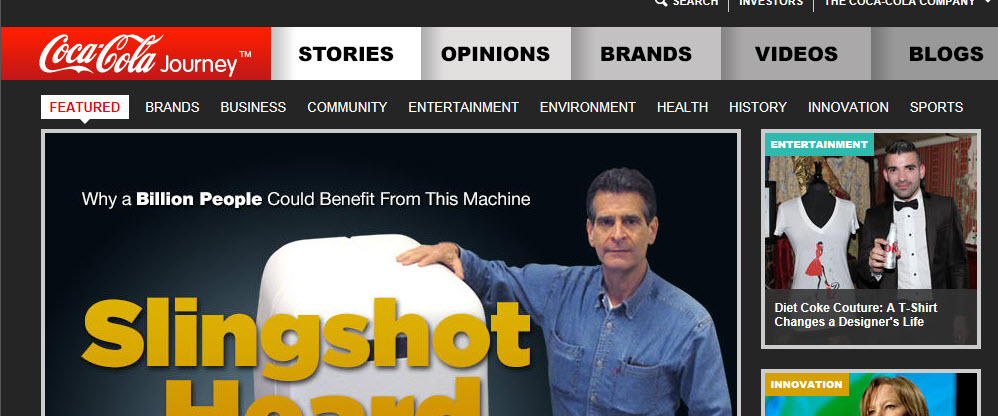Life and Taxes.
I do not agree with some people (David Brooks for instance) who believe closing tax loopholes and raising tax rates will squelch growth. The economic theory makes sense but it doesn’t take into consideration human nature. Capitalists — and we’re all capitalists to a degree — like the positive side of the ledger sheet. It sets us a tingle. If the harsh reality sets in that loop holes are reduced and higher taxes legislated, capitalists will go through the 5 stages of grieving, then start to focus on da monies. There may be some hiring stasis, sell-offs and contraction, but the prize will always be new earnings. And revival will follow. Our taste for growth is just too strong.
Everyone should ask how we are spending the country’s money. Everyone should ask where we send our money overseas. Secessionists have the right to want to secede. That’s freedom. But don’t confuse freedom and capitalism. I am no economist, but in this land whether the currency is wampum, beaver pelts, greenbacks or stock shares, the trading rules may change, but growth is the vitality that moves us forward. There is nothing more natural than growth. Peace!




